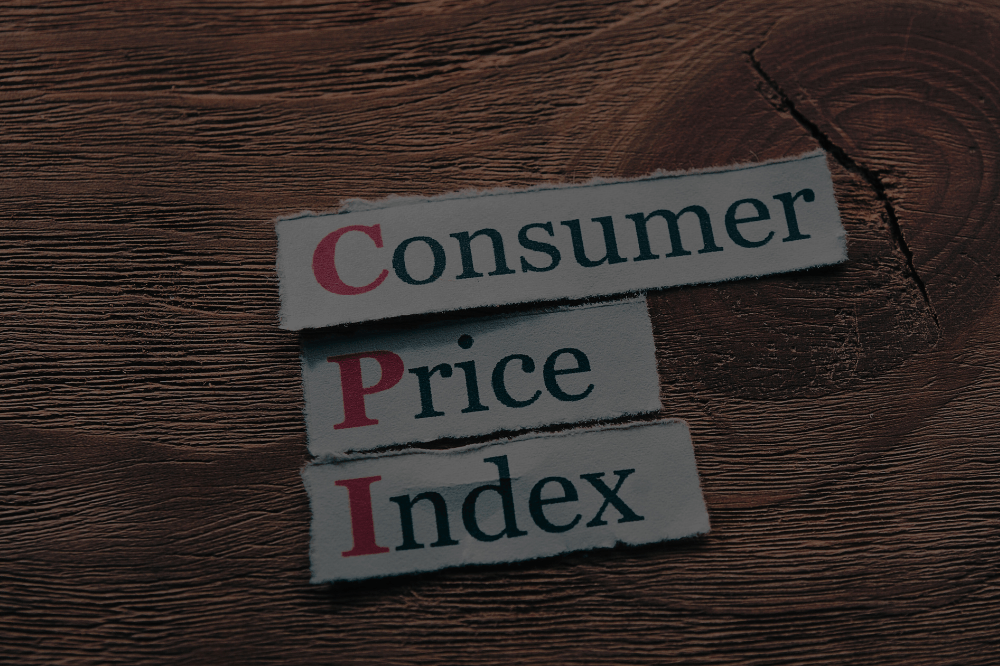The consumer price index has increased 0.2% for July 2024, getting inflation rate to its lowest since March 2021!
In July 2024, inflation continued to decline, supported by lower prices for essential goods such as food and energy, along with a drop in the cost of physical items like new and used cars. The Consumer Price Index (CPI), a key measure of inflation, rose 2.9% over the past year, as reported by the U.S. Department of Labor. This is a slight dip from June’s 3% increase and marks the lowest rate since March 2021.
The CPI tracks price changes across the U.S. economy, covering everything from groceries and appliances to entertainment and personal care services. And costs such as gasoline and rent for new tenants, are stabilizing, which is good news, especially for low-income households.
Inflation’s Role in Fed’s Interest Rate Decisions
July’s inflation rate is a significant improvement from the 9.1% peak reached in mid-2022, which was the highest level in over four decades. It is now edging closer to the Federal Reserve’s long-term goal of around 2%.
The Federal Reserve uses inflation data to guide its interest rate decisions. During the pandemic, the Fed raised interest rates to the highest levels seen in 23 years to combat rising prices, which in turn increased borrowing costs for both consumers and businesses.
Recent labor market data has raised some concerns about a potential recession. However, many economists argue that these fears are exaggerated for now. With inflation cooling and the labor market stabilizing, experts predict that the Fed may cut interest rates in September, which could lower borrowing costs and help support the economy.
“In short, this CPI report represents more good data and adds to the evidence supporting a [0.25 percentage point] September rate cut”, Paul Ashworth, chief North America economist at Capital Economics, wrote in a note Wednesday.
What’s Keeping Inflation Above Fed’s Traget?
Despite the overall drop in inflation, housing costs remain a major hurdle for reaching the Fed’s target, economists said. Housing is the largest component of the CPI, and it plays a significant role in inflation readings. According to the Bureau of Labor Statistics (BLS), the shelter index rose by 5.1% over the last year, making up more than 70% of the annual increase in core inflation, which excludes food and energy.
After easing to 0.2% in June, monthly shelter inflation bounced back to 0.4% in July. Housing costs tend to change slowly due to the way the government tracks them, making it difficult to reflect real-time conditions. Excluding shelter, inflation is below the Fed’s 2% target, with the CPI rising by just 1.7% in July. Many economists believe that shelter inflation will gradually slow down in line with current rental trends.
Other categories also experienced notable price increases over the past year, according to the BLS. Motor vehicle insurance rose by 18.6%, while medical care, personal care, and recreational activities saw increases of 3.2%, 3.4%, and 1.4%, respectively.
The surge in new and used car prices over the past few years has led to higher car insurance premiums and repair costs, as more expensive vehicles are costlier to insure and fix. Economists expect these costs to eventually decline as car prices continue to drop. Over the past year, new car prices have decreased by 1%, while used car prices have fallen by almost 11%.

